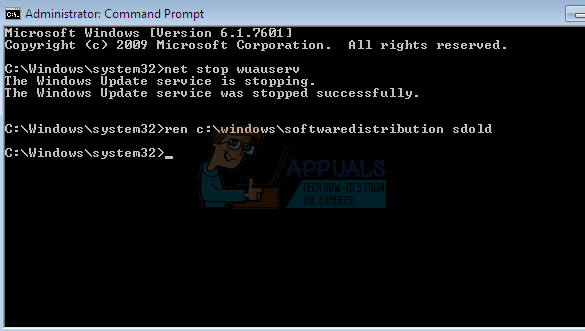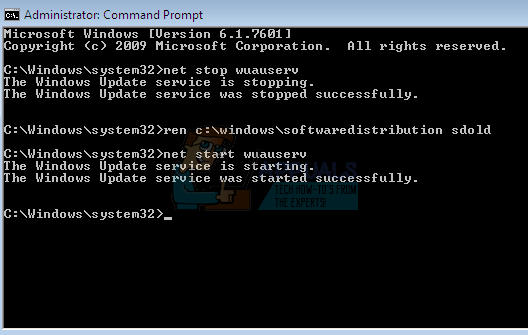Fix: 0x8007065e Data of this type not supported
Even though Microsoft is encouraging everyone to use Windows 10, there are a lot of users who still love and use Windows 7. If you are one of those users of Windows 7 and you are in the process of installing Windows updates then you might see the error “0x8007065E Data of this type not supported” with some other messages. This error almost always is presented when you are installing updates on Windows 7. This error, when presented, will prevent you from installing the updates.
Usually, this error occurs because of system file corruptions. There may be a folder or a system file that is either corrupt or missing which causes this issue. So, usually the solution for this problem revolves around fixing system files via Command Prompt. But, don’t worry, there are a couple of methods that you can try to solve the problem.
Simply follow the methods given below and keep going until the problem is solved.
Since this problem is caused by the corruption of files, you can also try to download the specific update from Microsoft’s official website. This will resolve your problem if the problem is caused by the specific update file corruption.
Fix SoftwareDistribution Folder
Usually, if there are any corrupt installer files, that might be causing this issue, are stored in SoftwareDistribution folder. So, renaming this folder and then trying to download and install the updates again forces Windows to recreate the folder and, therefore, fix the problem. Once the Windows create this folder again, it downloads a fresh copy which will solve the corruption problem.
Here are the steps to rename this folder via Command Prompt
- Press Windows key once
- Type Command Prompt in the Start Search
- Right click the Command Prompt from the Start Search results
- Select Run as administrator

- Type NET STOP WUAUSERV and press Enter

- Type REN C:\WINDOWS\SoftwareDistribution SDOLD and press Enter

- Type NET START WUAUSERV and press Enter

Now, wait at least 15 minutes and then restart your computer. Once your system is restarted, wait at least 10 minutes. Now, go to Windows Updates and Check for Updates. Select the oldest update and install it.
Once you are done, everything should be fine. You can continue installing the updates from Windows Updates.